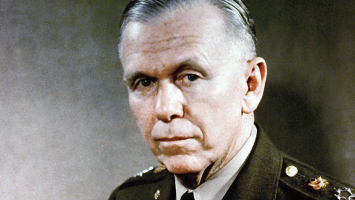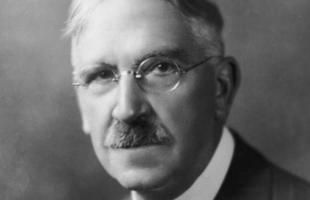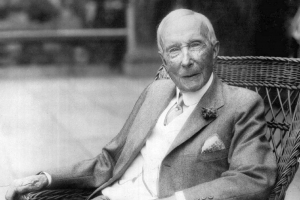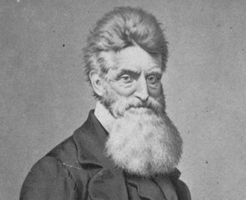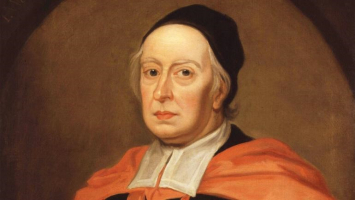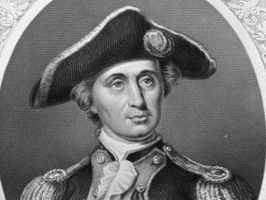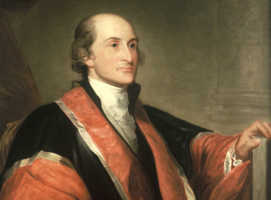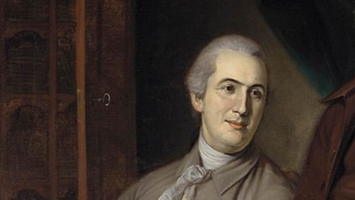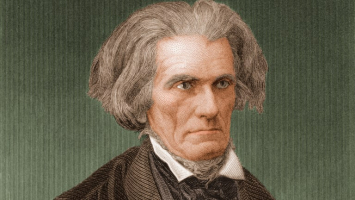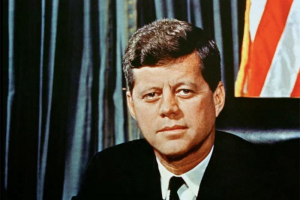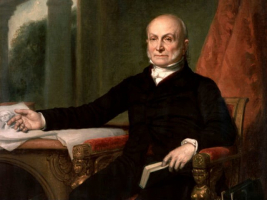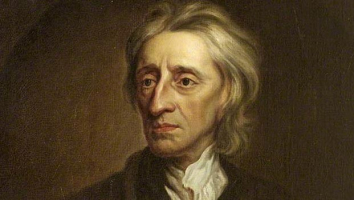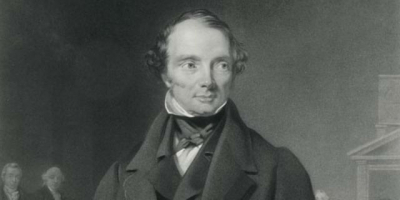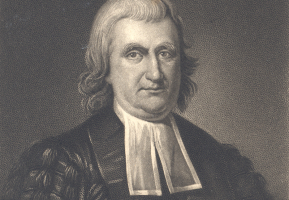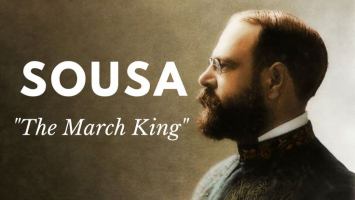Top 8 Interesting Facts about John Marshall
John Marshall (September 24, 1755 – July 6, 1835) was the fourth Supreme Court of Justice in America. His revolutionary changes helped create the justice ... read more...system that we still see in the United States to this day. John Marshall contributed a lot more than just his work in the courtroom though. Let’s take a look at eight interesting facts about John Marshall.
-
Thomas Marshall and Mary Randolph Keith gave birth to John Marshall in Germantown, Virginia. Both a politician and a soldier, Thomas Marshall. With eight sisters and six brothers, he was the oldest. He received the most of his education from his father at home before spending one year at Campbell Academy. During his teenage years, he was passionately smitten with George Washington, and under his influence, he decided to enlist in the army to fight in the American Revolutionary War. In 1755, the American Revolutionary War began.
John Marshall joined the Culpeper Minute Men as a Lieutenant when he was 20 years old, which is an interesting detail about him. He then enlisted in the Continental Army and participated in a number of crucial conflicts there. John Marshall was first inspired by George Washington during this conflict. Because Washington and Marshall's father were close friends, Marshall was particularly moved by Washington's leadership and tenacity.
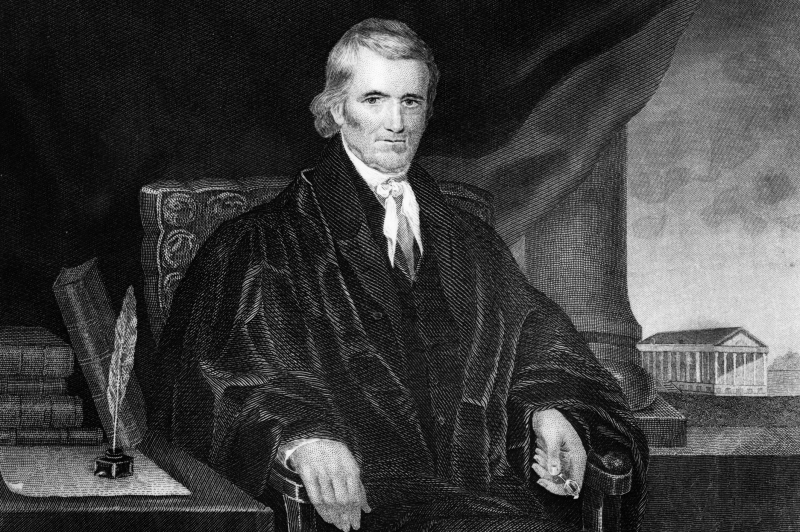
Source: ThoughtCo 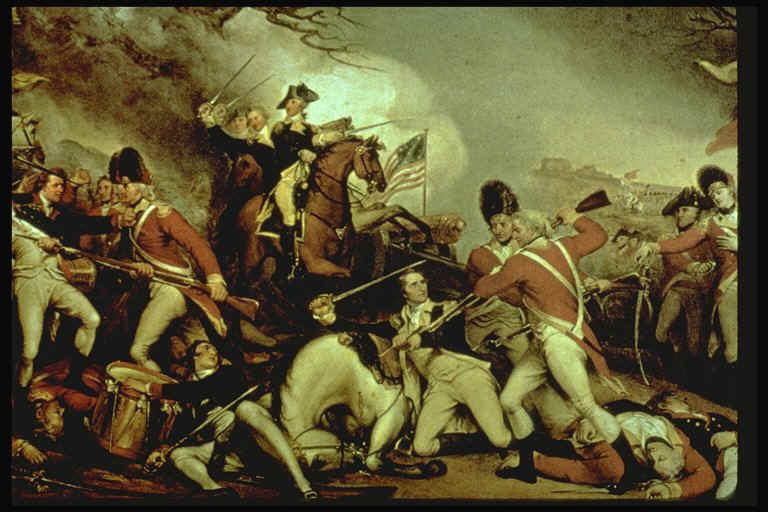
Source: Thinglink -
Marshall was selected as a representative to the Virginia convention in 1788 that made the decision on whether or not to ratify the United States Constitution, which was proposed by the Philadelphia Convention the year before. James Madison, Edmund Randolph, and Marshall led the ratification drive. In particular, he vigorously defended Article III, which creates the Federal judiciary. At the ratification convention, his main competitor was Patrick Henry, the founder of the Anti-Federalist movement. The Constitution was approved by the convention by a final vote of 89-79. Marshall sided with the emerging Federalist Party, which supported a strong national government and economic interests, instead of Jefferson's Republican Party, which supported states' rights, the yeoman farmer, and the French Revolution.
George Washington was the first American president, and he presided over the country from 1789 to 1797. After being appointed to the Supreme Court, Marshall began writing George Washington's biography. He was requested to do this by his close friend, Associate Justice Bushrod Washington, who had inherited his uncle's papers. Marshall's The Life of George Washington, the first biography of a U.S. president to be printed, had five volumes and just under a thousand pages. On July 6, 1835, Marshall passed away at the age of 79. His legacy is the fact that he led the Supreme Court through six presidential administrations, and was widely considered the most influential jurist in U.S. history. His administration laid the foundations for the Supreme Court’s role as the ultimate interpreter of the Constitution and paved the way for the expansion of the federal government in the 19th and 20th centuries.
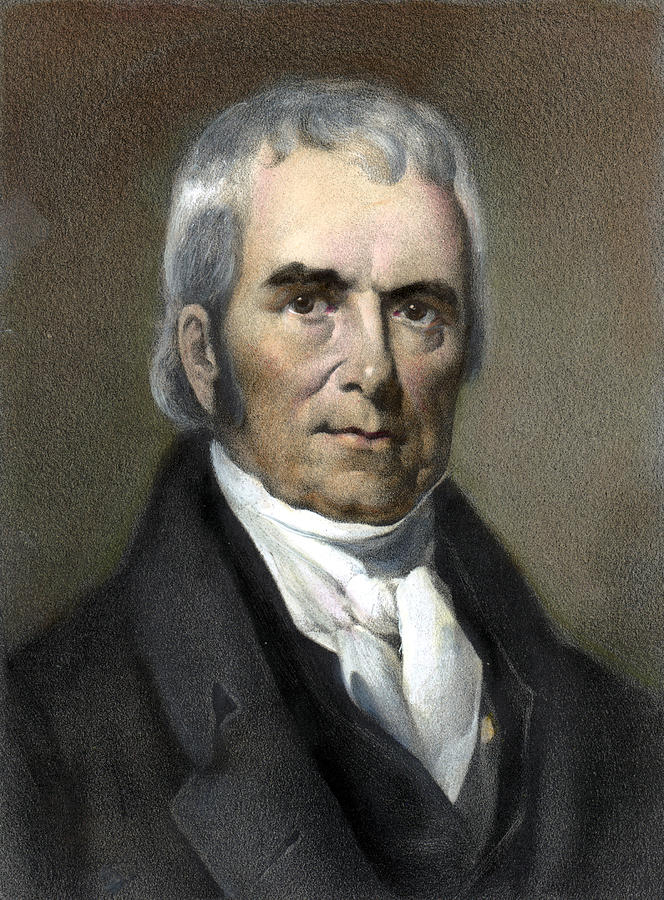
Source: Fine Art America 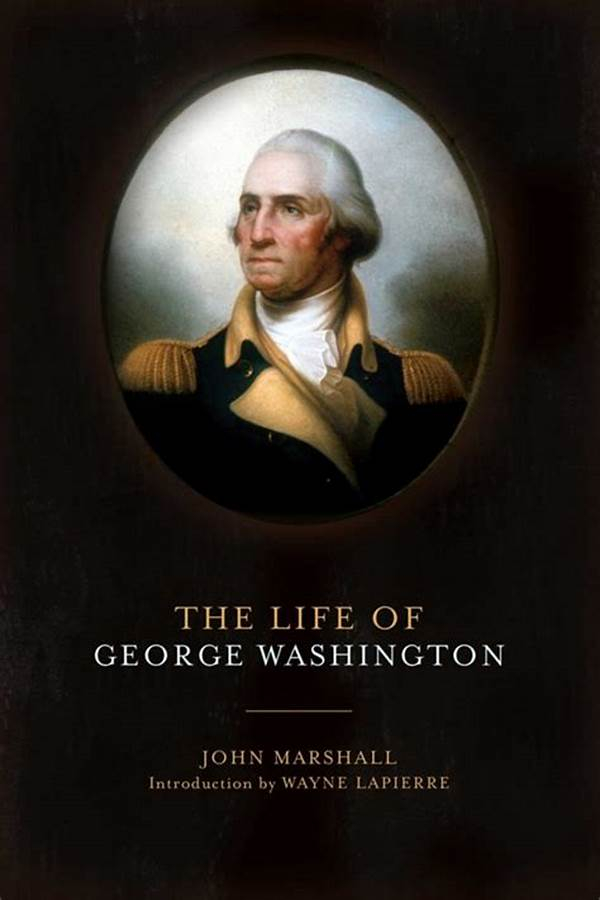
Source: Simon & Schuster -
Family tradition holds that Marshall fell in love with Mary soon after meeting her. After spending time with her at dances, Marshall asked Mary to marry him in 1782. She was 16; he was 27. Becoming flustered, she refused. John was disappointed and quickly left her house. She soon realized her error and sent a cousin riding after Marshall to give him a lock of her hair. He returned the lock of hair, entwined with a lock of his own encased in a gold locket. Mary married John Marshall on January 3, 1783, after a short courtship. Throughout nearly 49 years of marriage, Mary wore that locket around her neck. Marshall called Mary my dearest Polly, and shared many of his concerns about the shaping of the nation with his wife and respected her opinion on many issues. His letters to her help to build an understanding of Marshall’s character and concerns.
John and Mary had ten children, but only six survived to adulthood – five boys and one girl. The tragedies of her children’s deaths weakened Mary, whose health was never strong. She became sickly and reclusive. During the last 25 years of her life, she usually stayed at home, often in the master bedroom. Her frailty and illness, however, did not diminish the deep love she and John had for each other. On the morning of her death, Polly tried to remove the locket from around her neck. She was so weak that John had to help her; she wanted to see him put the keepsake around his neck. John wore the locket with their hair inside it until his death. The locket was kept by one of Marshall’s children and eventually returned to the John Marshall House in Richmond, where it is today.
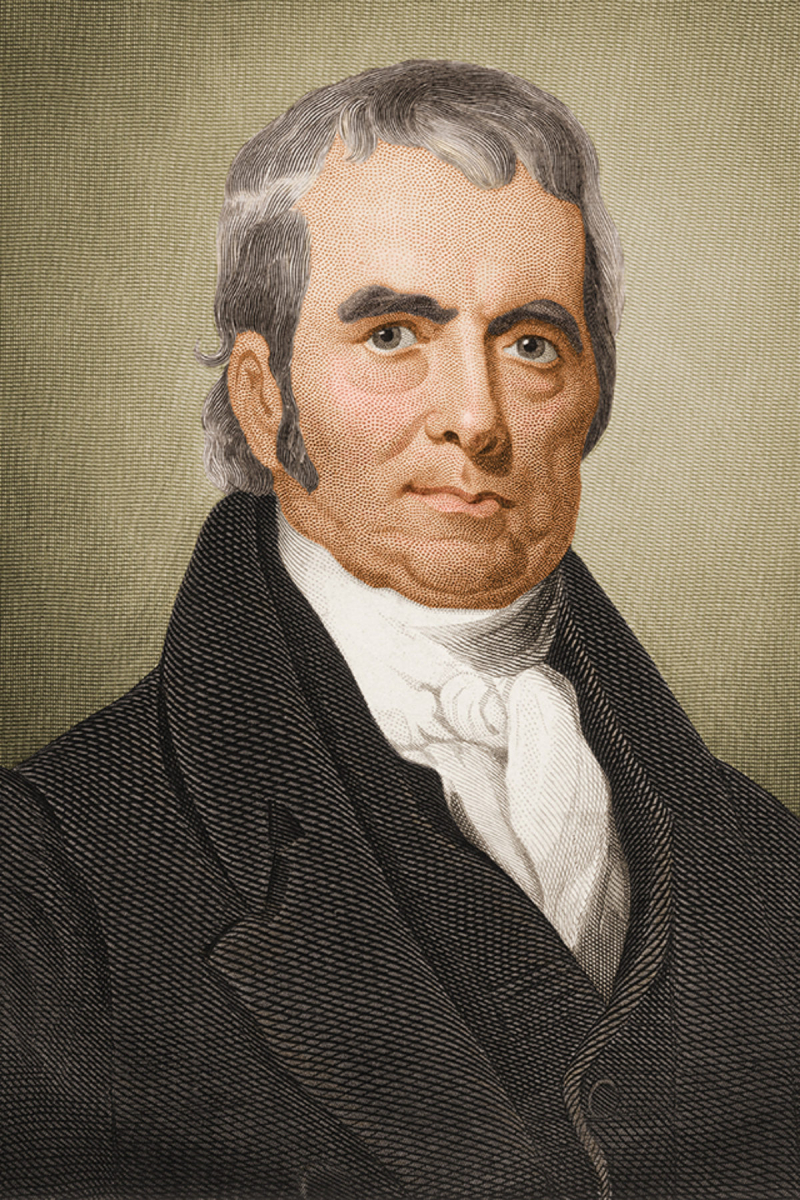
Source: HistoryNet 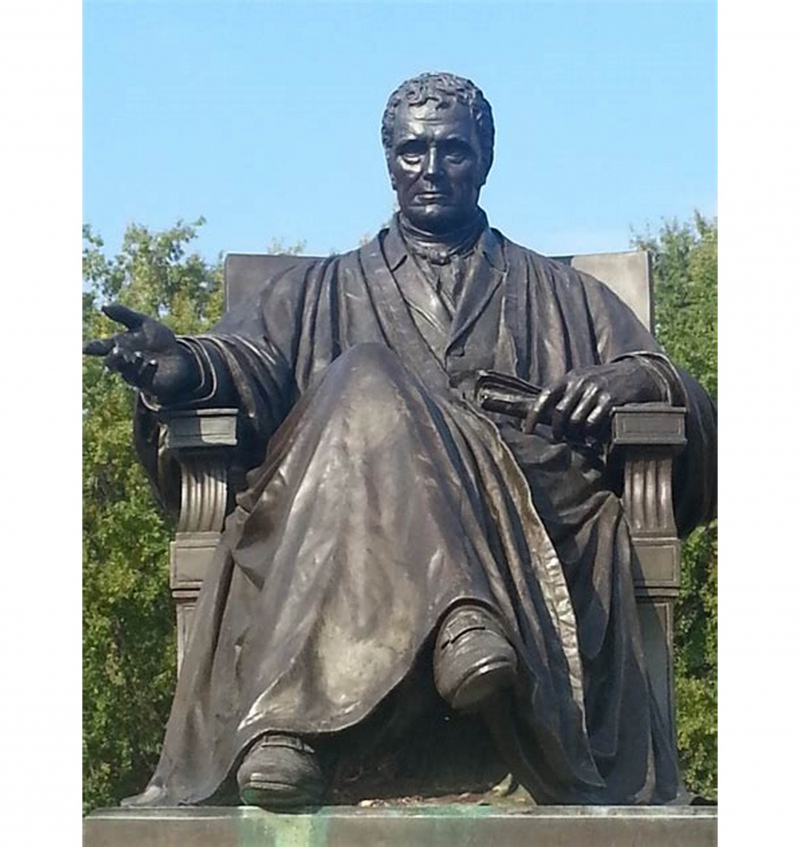
Source: dcmemorialist.com -
The most well-known aspect of John Marshall is his tenure as US Chief Justice. John Adams originally appointed him to that position in 1801. John Marshall's stint as Chief Justice is one of the most influential in American history, and he is regarded as one of the most significant individuals to hold the position at any time, which is an interesting fact about him. The 34 years leading up to his passing in 1831 were spent as Chief Justice.
On February 2, 1801, the Supreme Court Chamber of the Capitol Building hosted the first meeting of the Marshall Court. The Chief Justice Marshall presided over the court at the time, along with Associate Justices Bushrod Washington, William Cushing, William Paterson, Samuel Chase, and Alfred Moore, all of whom had been chosen by Presidents Washington or Adams. The Supreme Court had hitherto been regarded as a rather unimportant institution. Instead of federal courts, state courts handled the majority of legal disputes. In its early years, the Court had only issued 63 rulings, few of which had had a substantial impact, and it had never overturned a federal or state statute.
The Supreme Court would first become a significant power in the federal government during Marshall's 34-year tenure as Chief Justice, and Marshall himself had a significant impact on how the country understood constitutional law. More than 1000 judgements would be rendered by the Marshall Court, almost half of which were written by Marshall himself. Despite the Democratic-Republicans' political dominance after 1800, Marshall's leadership of the Supreme Court meant that the federal government would exercise relatively substantial powers.
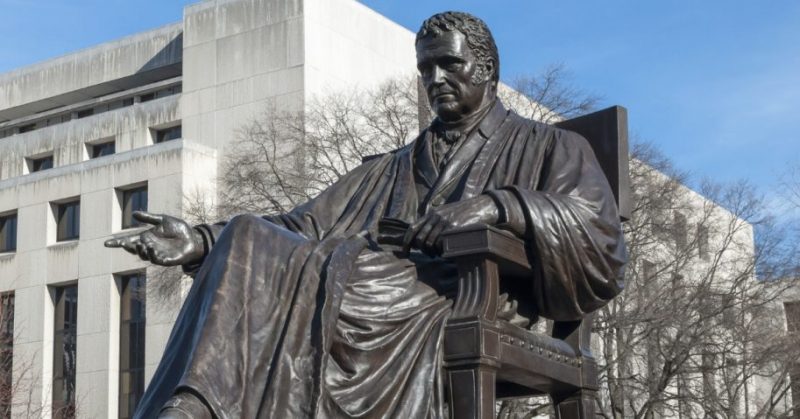
Source: Western Journal 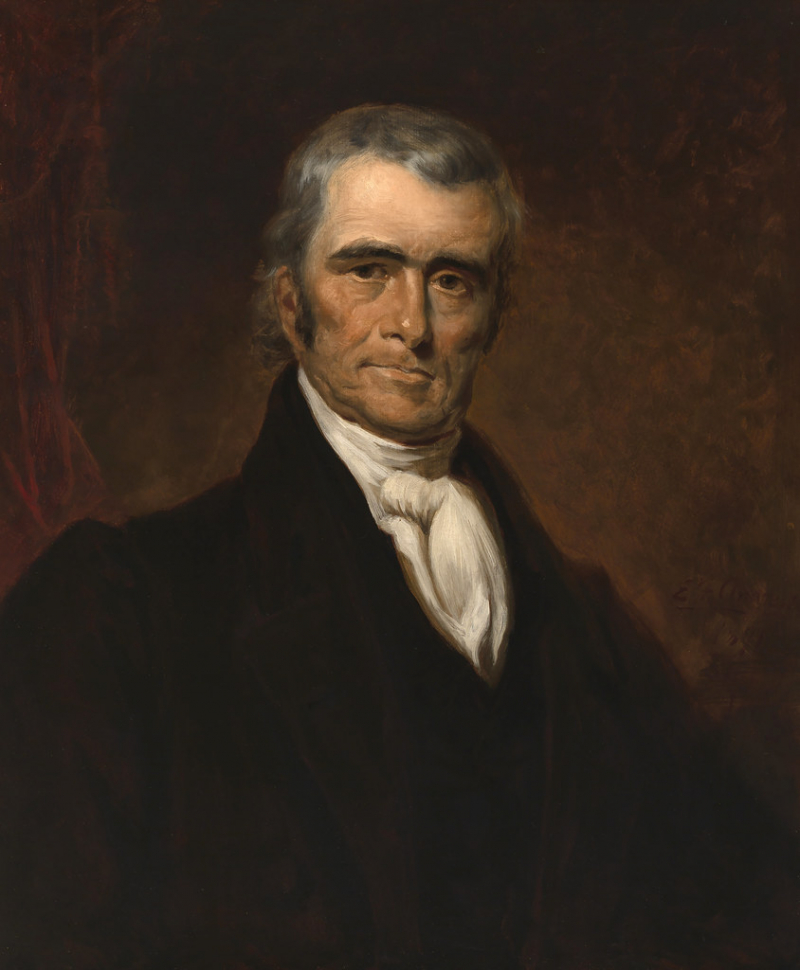
Source: Flickr -
When John Marshall served as Chief Justice, he supervised a number of notable improvements. When he was in charge of the Marbury v. Madison made one of his most important contributions.Marshall had failed to present 42 federal justices of the peace with commissions before the end of Adams's term in office as Secretary of State. Even though the Senate had approved these people's nominations, the Jefferson administration essentially prevented them from getting their appointments after taking office by refusing to deliver nearly half of these unfulfilled commissions.
Despite the fact that the post of justice of the peace had little authority and paid little, William Marbury, whose commission had not been given, chose to sue the Jefferson administration. Marbury sued James Madison, the current secretary of state, in an effort to have his judicial commission delivered. In its 1803 term, the Supreme Court decided to take up the Marbury v. Madison case. The Midnight Judges Act was effectively repealed by the Democratic-Republicans' passage of the Judiciary Act of 1802, which also ended the 1802 term of the Supreme Court.
A renowned Federalist federal judge named John Pickering was also the target of their impeachment efforts; in retaliation, Federalist members of Congress charged the Democratic-Republicans with attempting to limit the independence of the federal court. Because it was the first time the Supreme Court declared a statute passed by Congress to be unconstitutional, the case is frequently regarded as one of the most significant in American history. As a result, the Supreme Court served as the third arm of the American government, checking the laws that were decided by Congress.

Source: Style Weekly 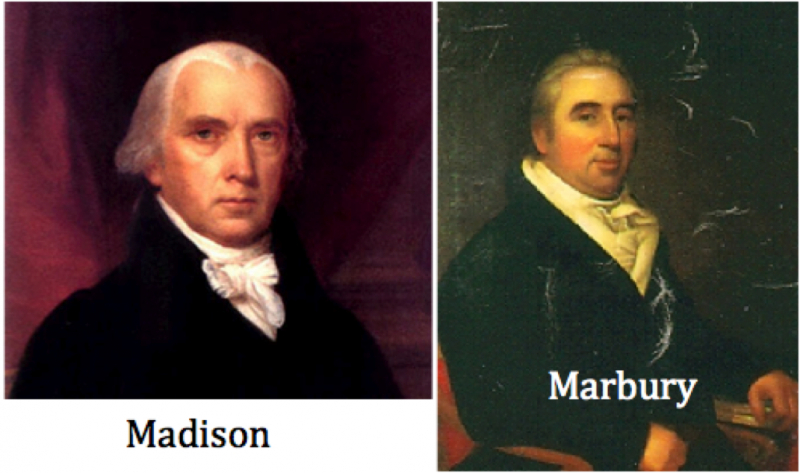
Source: Weebly -
John Marshall had succeeded in American politics before being appointed Chief Justice of the United States. From 1782 to 1789, when he was re-elected and served a second term, he was a member of the Virginia House of Delegates. Additionally, he won a seat on the Council of State of the Virginia General Assembly. He was given the duty of voting to ratify or reject the principles of the United States Constitution as a delegate to the Virginia Convention in 1788, and he spearheaded the cause of ratification. He successfully defended Lord Fairfax's heirs in "Hite v. Fairfax," a crucial lawsuit involving a sizable parcel of property, in 1786. In addition, he took part in the Ware v. Hylton case. After being named secretary of state by President John Adams, he briefly served in the US House of Representatives in 1799.
On January 27, 1801, the Senate approved John Marshall's appointment as chief justice; on January 31, 1801, he was given his commission. He presided over the landmark "Marbury v. Madison" decision in 1803, which established the framework for judicial review. He presided over what became known as "the Burr trial" in 1807, in which former vice president Aaron Burr was accused of "grave misdemeanor" and "treason." The jury, in this case, found Burr, the defendant, not guilty.
One of his most famous cases, "McCulloch v. Maryland," in which Maryland was barred from collecting taxes, was presided over by him in 1819. He presided over the ‘Cohens v. Virginia' case in 1821. This case was instrumental in establishing parameters for resolving conflicts between local and state laws.
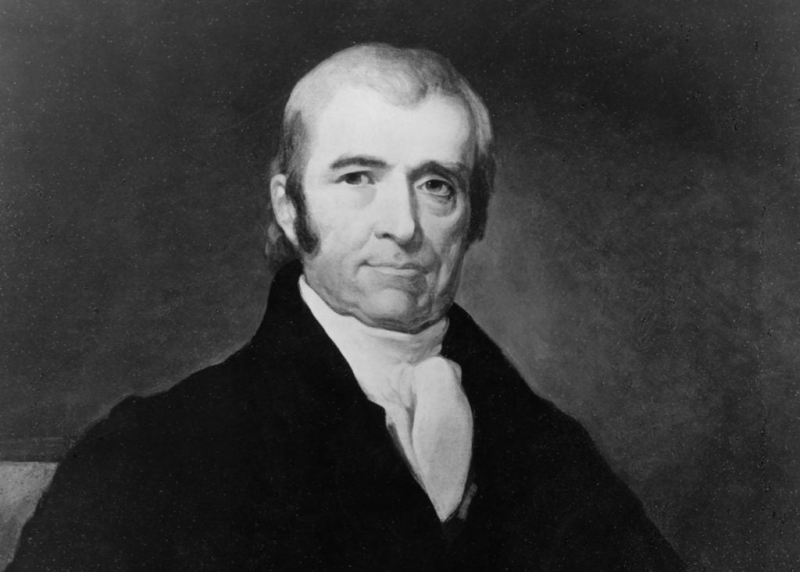
Source: The Daily Signal 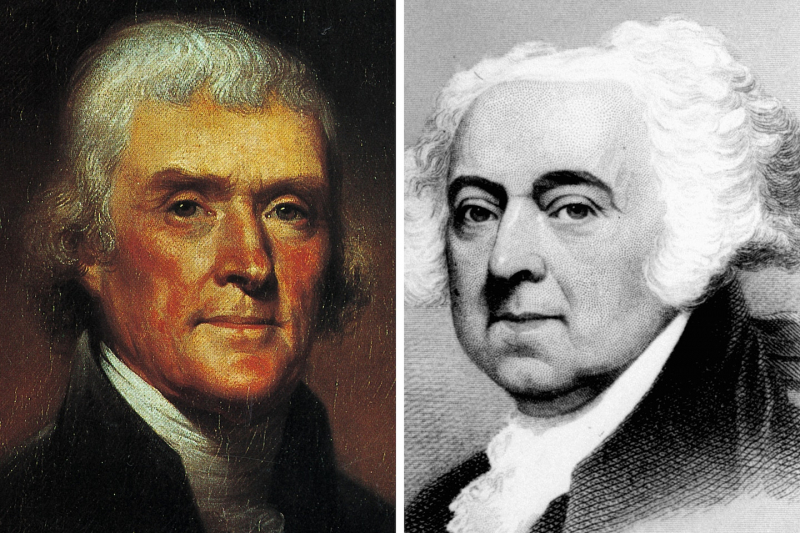
Source: The Washington Post -
Although he owned slaves for the majority of his life, Marshall held the opinion that slavery was bad, opposed the Atlantic slave trade, and feared that the Union would become more and more divided as Southern attention on the issue grew. As a wedding gift, John Marshall's father Thomas Marshall gave him his first slave, Robin Spurlock, in 1783. Spurlock would later serve as Marshall's manservant and manage his household in Richmond. Upon Marshall's passing, Spurlock was given the now-apparently cruel choice of accepting manumission on the condition that he immigrate to another state or to Africa (at age 78 and leaving his still-enslaved daughter Agnes) or choosing his master/mistress from.
In the early years of his profession, in the 1790s, Marshall took on a few pro bono cases involving slaves, frequently attempting to secure the freedom of people of mixed races. Marshall won the case in the Virginia High Court of Chancery, in an opinion written by his teacher George Wythe, but that court's holding was later limited by the Virginia High Court of Appeals. Robert Pleasants, who sought to carry out his father's will and emancipate about ninety slaves, was the client Marshall represented in what is arguably his most well-known anti-slavery case. Marshall also personally freed Peter, a black man he had bought, in 1796. The emancipation certificate for Jasper Graham, which was mandated by John Graham's will, was also signed by Marshall in 1822.
Marshall raised concerns about widespread emancipation following slave uprisings early in the 19th century, in part because he was afraid that many free Blacks might stage a revolution. Additionally, Virginia established a legislation ordering liberated black people to leave the state in 1806. Marshall favored sending black people to Africa for free. To pursue that objective, Marshall joined the American Colonization Society in 1817. Associate Justice Bushrod Washington served as the organization's national president until his passing, and Clerk of the Supreme Court Elias Caldwell served as the group's longtime secretary. Marshall bought a life membership two years later, established the Richmond and Manchester Auxiliary in 1823 (becoming its president), and donated $5,000 in 1834 when the group was having financial difficulties. In 1825, as Chief Justice, Marshall wrote an opinion in the case of the captured slave ship Antelope, in which he acknowledged that slavery was against natural law, but upheld the continued enslavement of approximately one-third of the ship's cargo (although the remainder were to be sent to Liberia)
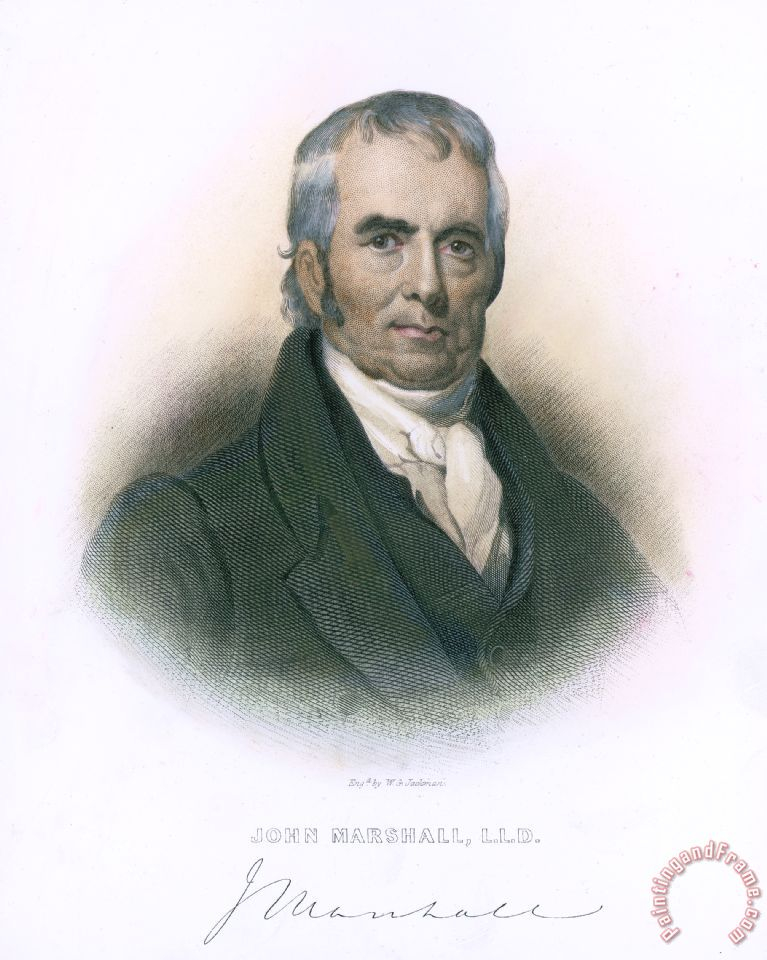
Source: paintingandframe.com 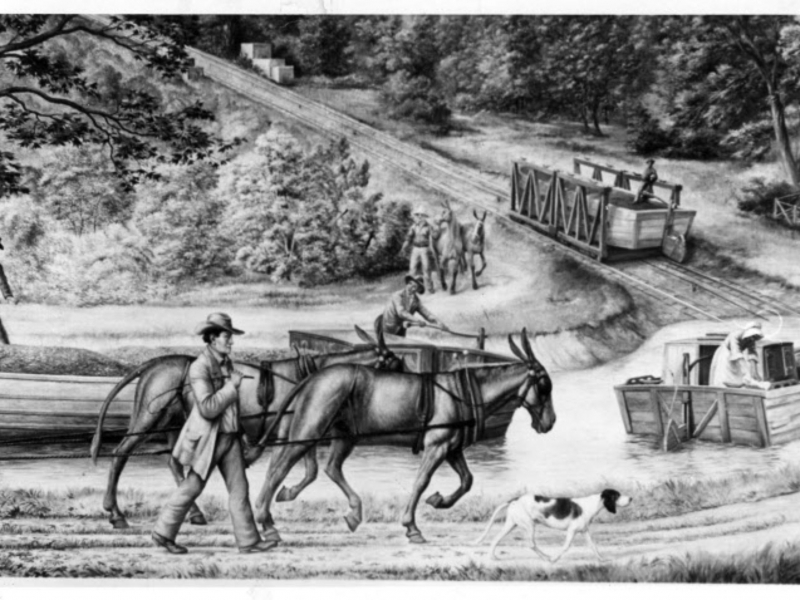
Source: Pinterest -
Given his significance in the development of the American legal system, John Marshall has been honored with numerous monuments and memorials across the country. His Richmond, Virginia, home has been preserved and is now regarded as a memorial and museum.
The series 1890 and 1891 treasury notes on US paper money include an etched likeness of Marshall. Today's note collectors have a high demand for these unusual notes. A central vignette with an engraved portrait of Marshall appeared on the $500 Federal Reserve Note Series 1914 in 1914 as well. These notes are likewise very hard to come by. (In 1928, William McKinley took Marshall's position on the $500 bill.) On the website of the Federal Reserve Bank of San Francisco, you can examine examples of both notes. In 2005, a commemorative silver dollar also depicted Marshall. The United States Postal Service honored him by issuing the 40 Liberty Issue postage stamp in 1955.
A bronze statue of Chief Justice John Marshall, dressed in judicial robes, is located on the ground level of the U.S. Supreme Court structure. It was sculpted by William Wetmore Story and first displayed on the west plaza of the U.S. Capitol in 1884. Marshall had previously served on the Supreme Court alongside Joseph Story's father. The sculpture The Chess Players, honoring Marshall's love of the game of chess, is located on the east side of the park. A second casting of the statue can be found at the north end of John Marshall Park in Washington, D.C., and a third one can be found on the grounds of the Philadelphia Museum of Art.
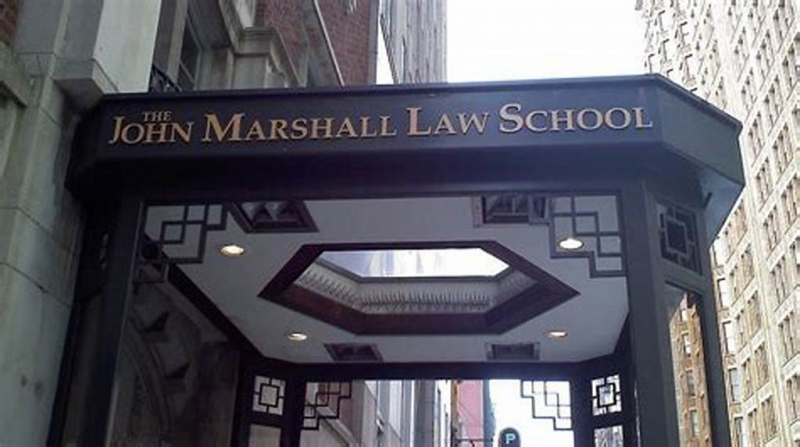
Source: Cook County Record 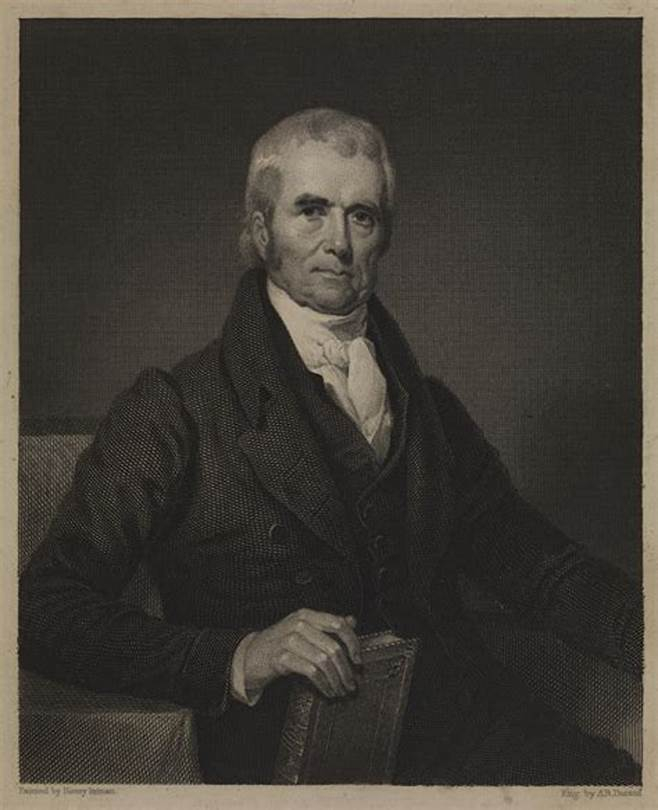
Source: pafa.org










